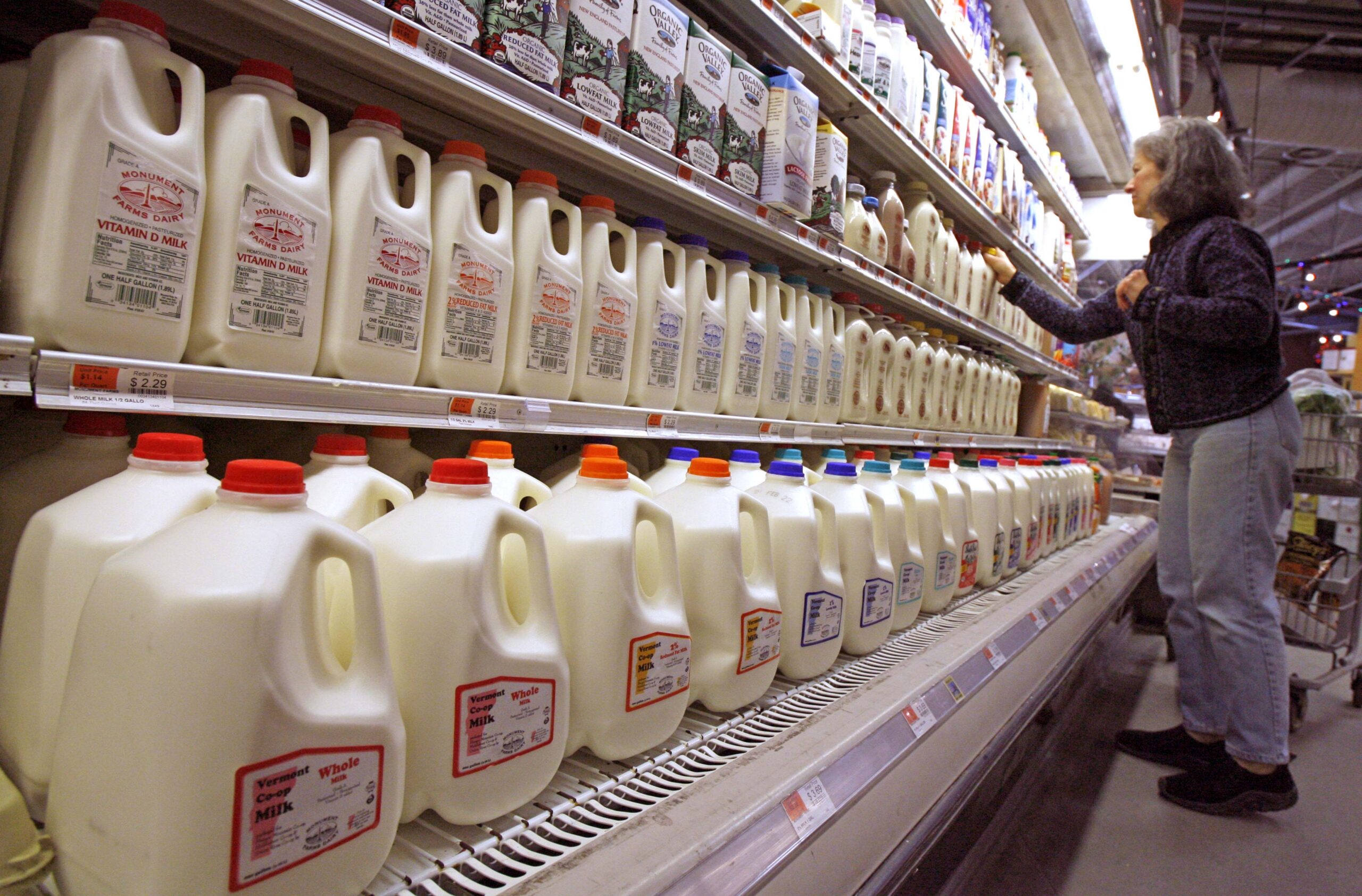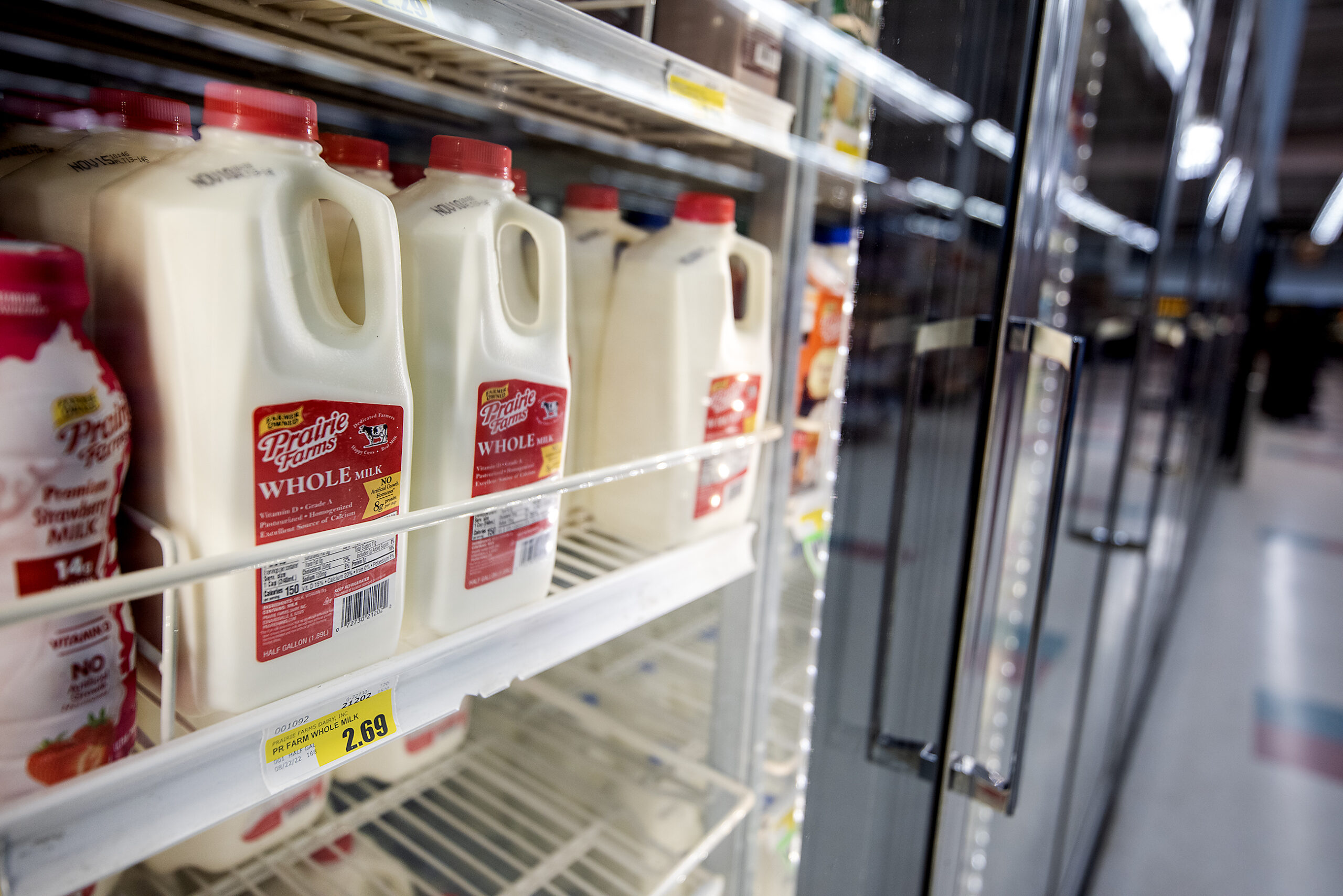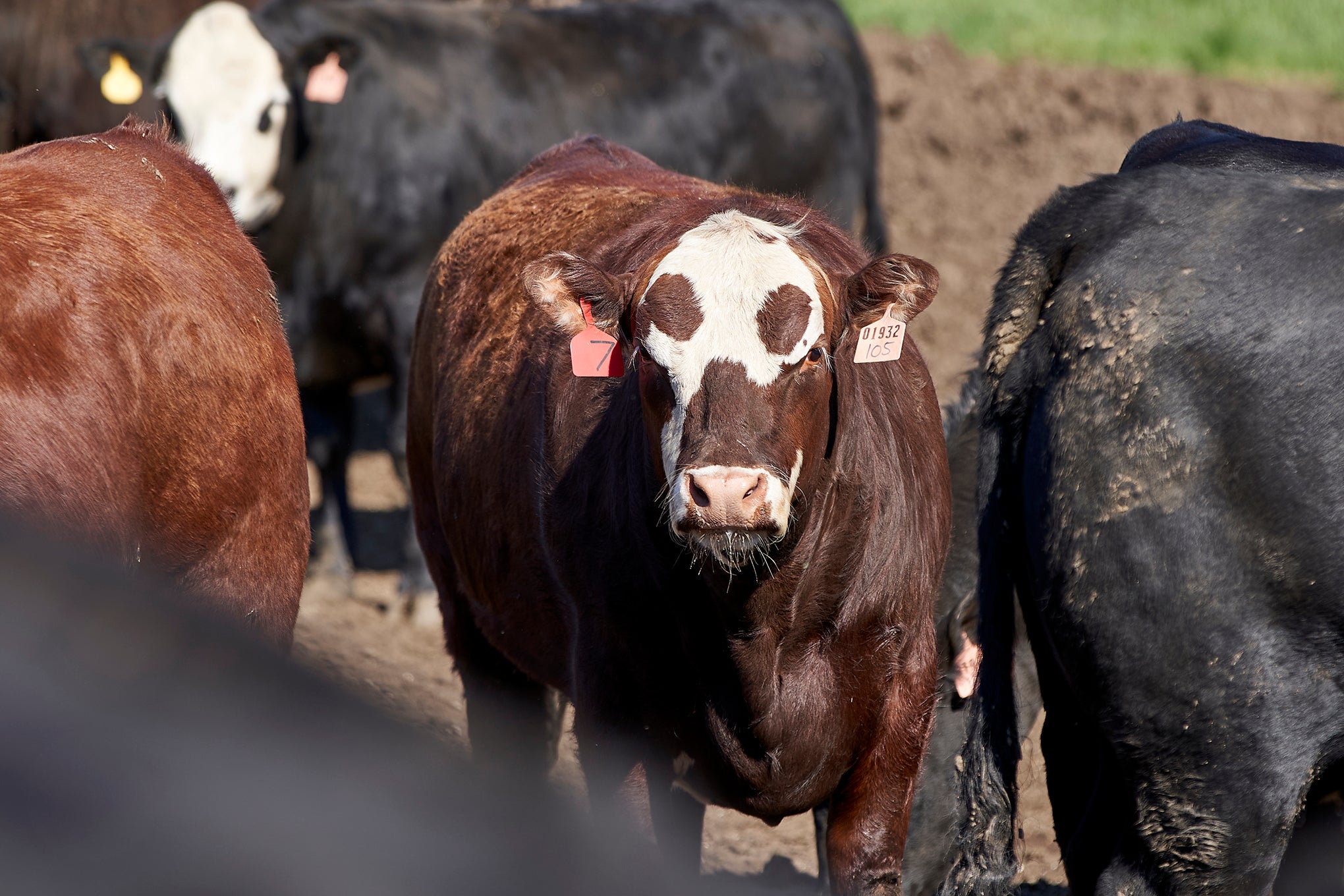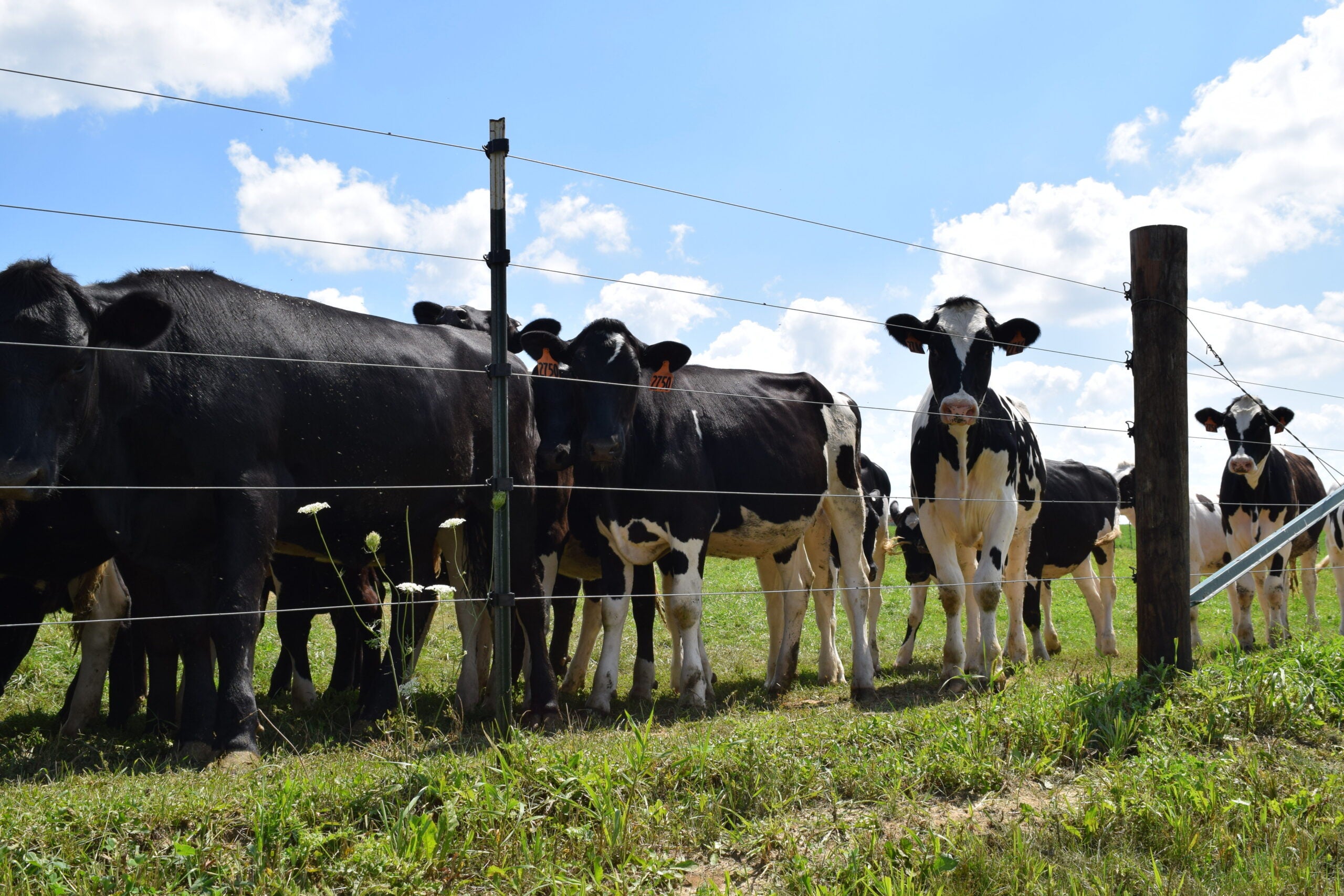Wisconsin dairy farmers have broken their streak of year-over-year production increases. It’s only the second time in almost four years that producers have failed to surpass last year’s production record.
The latest data from the U.S. Department of Agriculture shows Wisconsin farmers produced 2.52 billion pounds of milk in April 2018, down 0.6 percent from 2017.
Bob Cropp, professor emeritus at the University of Wisconsin-Madison, said the slowdown in milk production is good for milk prices, which have remained at low levels for the last three years thanks to an abundance of milk on the market.
News with a little more humanity
WPR’s “Wisconsin Today” newsletter keeps you connected to the state you love without feeling overwhelmed. No paywall. No agenda. No corporate filter.
“Unfortunately, probably this slow decline was due to some farmers exiting the business because milk prices have been pretty terrible for the last three years and going into this year,” Cropp said.
The USDA report also shows there were 5,000 fewer cows in Wisconsin compared to last April.
Darin Von Ruden, president of the Wisconsin Farmers Union, said the farms that haven’t folded faced cold and sometimes snowy conditions this spring.
“Pastures were not growing until the second week of May this year so farmers didn’t get cows out on good, green pasture. I’ve also been hearing of a lot of reports of farmers’ feed becoming scarce,” Von Ruden said. “To go into the week-long cold stretches that we had, it certainly had an effect on (the animals’) environment and their behavior.”
Von Ruden said if the slowdown continues through May, farmers could see milk prices react to less milk on the market.
Cropp predicts milk prices will improve by the end of the year. He said some experts are predicting prices could reach as high as $17 per hundredweight, or 100 pounds of milk, by November. That would be a huge difference for farmers who were receiving less than $14 dollars at the start of the year.
Wisconsin Public Radio, © Copyright 2026, Board of Regents of the University of Wisconsin System and Wisconsin Educational Communications Board.





